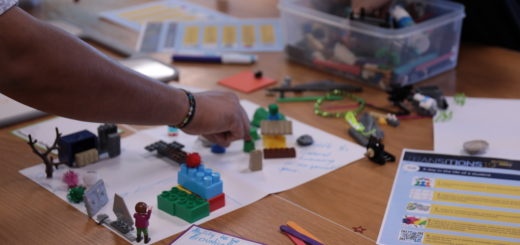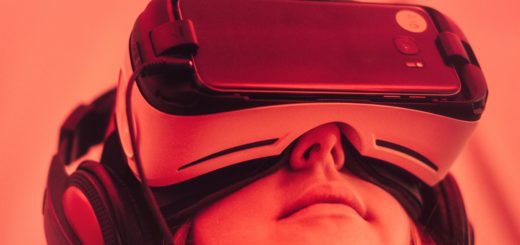Work in progress: Curated Learning shows promise
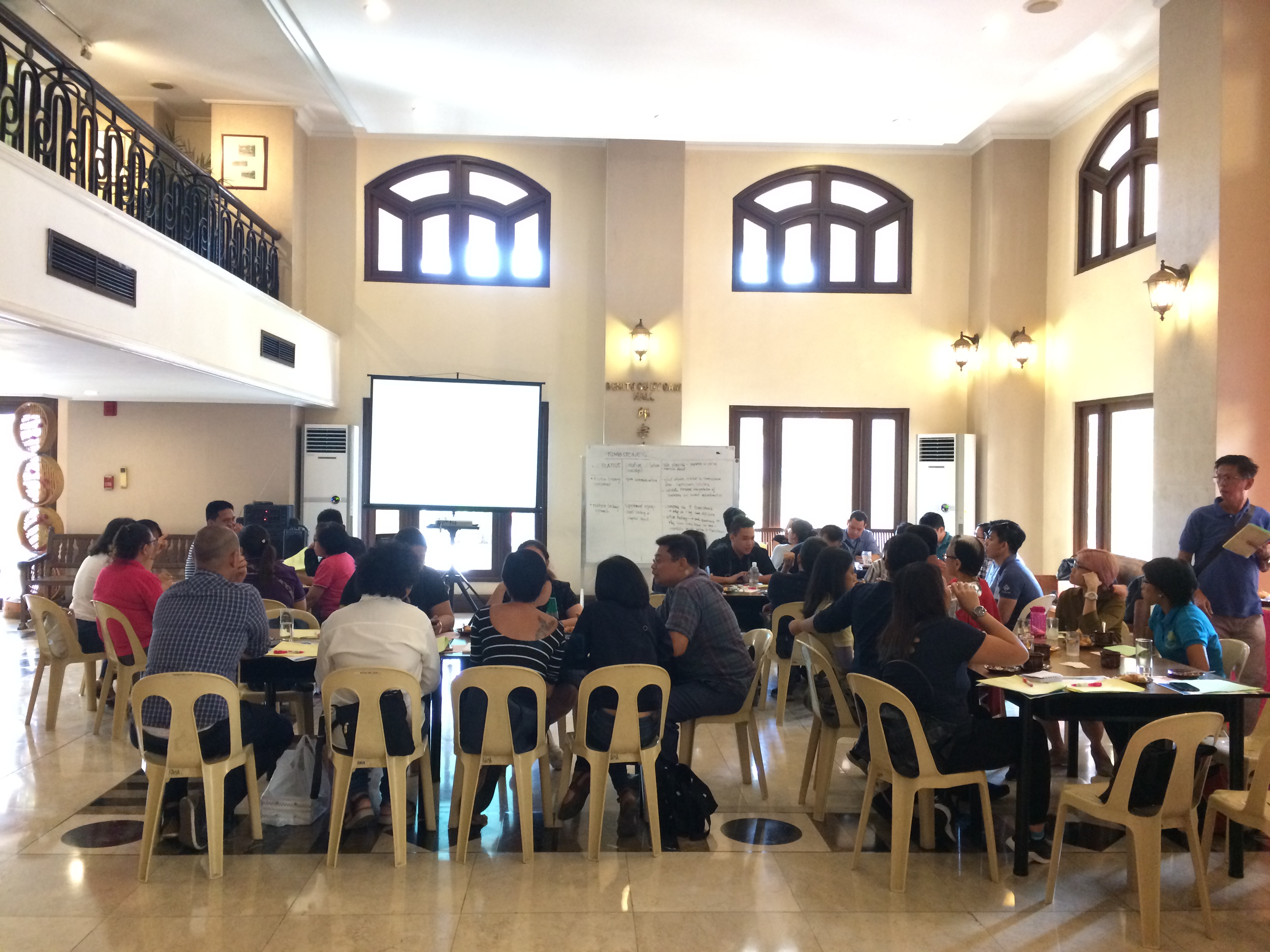
In this guest post, Ethel Villafranca, ILETC PhD student, shares her experiences from a recent visit to the Philippines where she was invited to share initial results and findings her PhD research, Curated Learning.
On my recent visit to the Philippines I had the opportunity to run 2 workshops and 2 presentations organised by Museo De La Salle, Bahay Tsinoy, Lopez Museum and Library, and Habi Education Lab. They were attended by over 90 museum professionals, tour guides, education innovators as well as individuals involved in developing and implementing teacher/principal professional development.
The aim was to introduce my research on Curated Learning, which is part of the ILETC project, and then work with participants as they applied Curated Learning strategies in the context of their work as tertiary level educators or museum professionals. Curated Learning is a pedagogical approach that involves purposeful selection, manipulation, and use of objects and spaces within a learning environment to set up conditions for students’ deep learning.
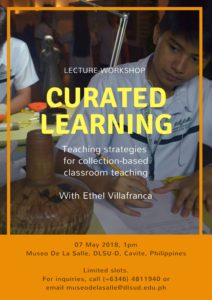
The first workshop, Curated Learning: Teaching strategies for collections-based classroom teaching, was held in Museo De La Salle. This participatory workshop was designed primarily for tertiary level educators from De La Salle University. The objective of the workshop was to encourage them to use museums as part of their teaching “tools”. It was also intended to provide an overview of various strategies museums employ to engage students inside and outside the museum.
The final workshop activity required participants to work with their group in developing a lesson plan for a specific topic that a group member regularly teaches. One group chose to focus on a topic in math: patterns. They determined the learning objectives, selected Curated Learning strategies that will help them achieve the objectives, and identified specific activities that apply those strategies.
For example, one objective that they agreed on was to provide students with opportunities to relate patterns in everyday life outside the classroom. To apply the Curated Learning characteristic ‘multiple teaching approach’, they decided that on top of the classroom discussions, they will also bring students on a museum fieldtrip where they will look for and name patterns within the museum’s architectural structure and objects on exhibit. Then the students have to share with their classmates their findings through discussions or drawings, which addresses the collaborative and cooperative nature of Curated Learning.
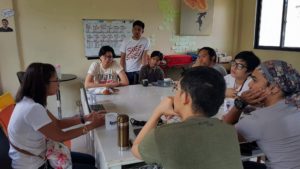
During the second workshop, Using curated learning for engaging gallery tours, at Bahay Tsinoy: Museum of Chinese in Philippine Life participants engaged in a series of activities that they needed to complete on their own, as a group, while in the workshop area, and also inside the museum galleries. One of the group activities was identifying specific areas or objects in Bahay Tsinoy where they can apply Curated Learning strategies when engaging with their audience. One group decided to focus on the kitchen tableau. To provide hands-on learning opportunities, they thought of allowing the audience to use chopsticks or organising a food tasting opportunity at the end of the tour. They also considered using technology to provide additional but optional information about the specific objects within the tableau. This will allow their audience to take ownership of what they want to learn more about.
While the workshops are not officially part of my research, the experience offered valuable insights on which parts of Curated Learning are received well and which ones need more work. Furthermore, participants ‘output demonstrate that these strategies may be applied both in museums and in classrooms. And finally, the workshops made me realise that, yes, Curated Learning strategies can work!
evillafranca@student.unimelb.edu.au
Photo credits: Museo De La Salle, Ricky Francisco & Selina Buensuceso

